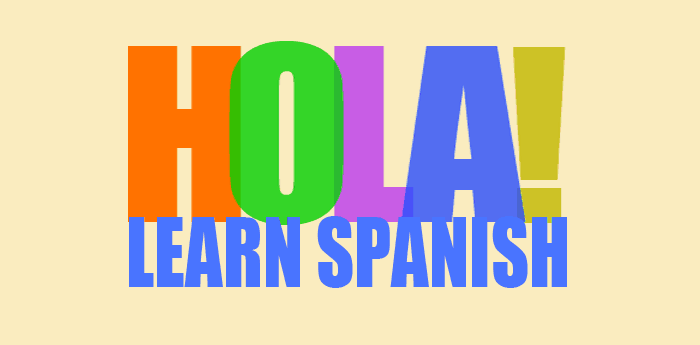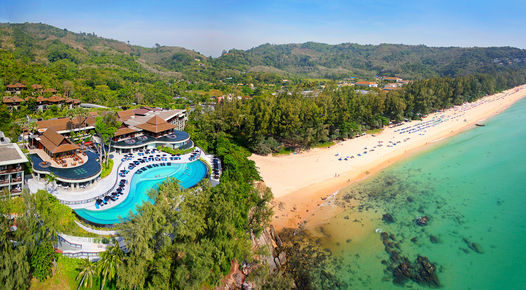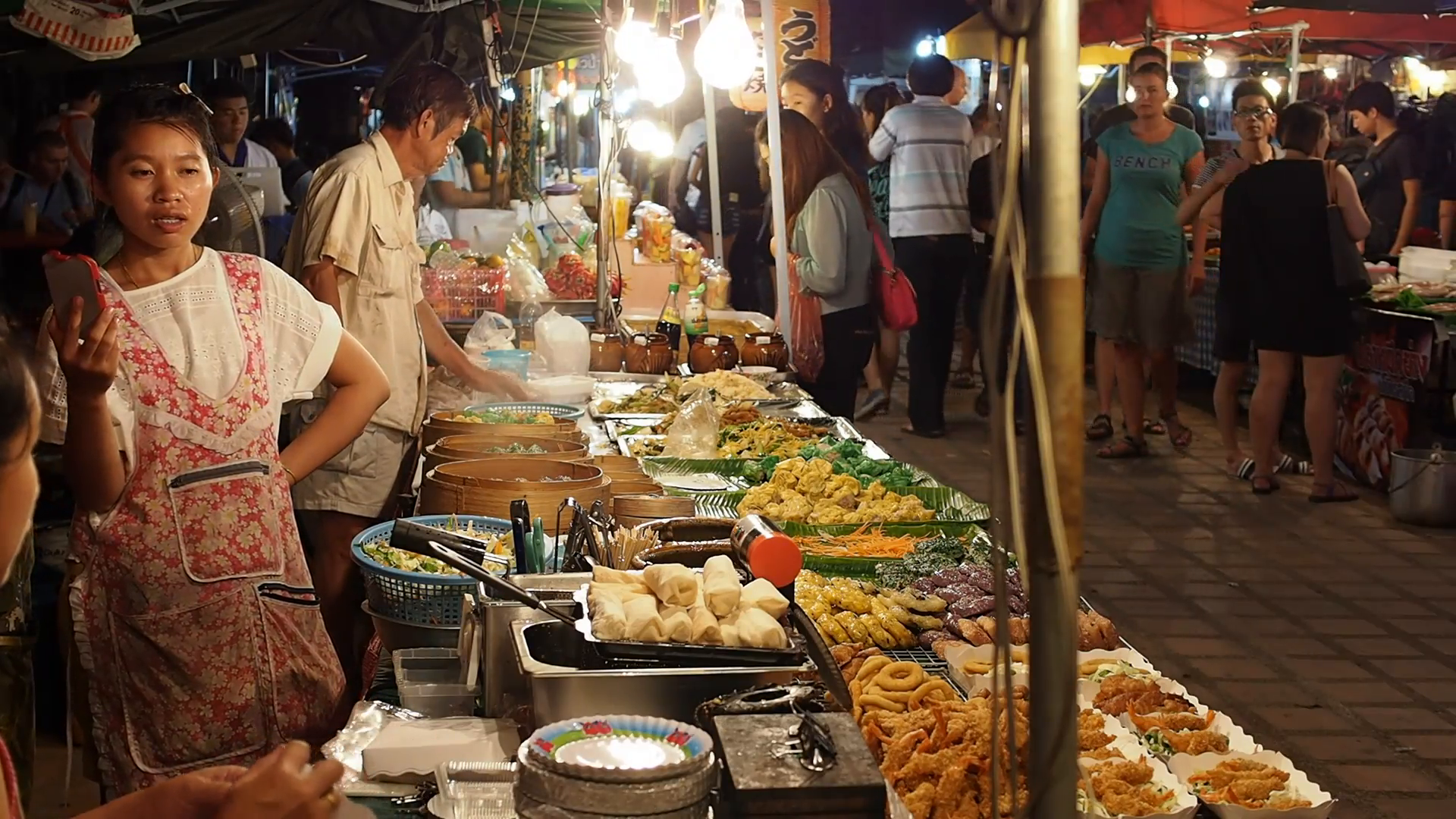OMG – it’s not long before we fly off the Southern Spain.
We’ve booked our tickets.
Our bags are packed.
We can’t wait to begin our journey to a Spanish-speaking country.
Now there’s a simple thing we can do that can have a BIG impact on our trip.
Learn some Spanish!
So I signed up for Spanish classes and as of tomorrow I’ll be studying Spanish 3 nights a week!
I recon the trip will be so much more fun and meaningful if we can communicate with locals.
Now, here are the bare essentials, the most common survival Spanish travel phrases that will set you up to get your point across.
56 Useful Spanish Travel Phrases
Greetings
Spanish-speaking countries are very polite societies and you must always be courteous and say “hello” and “how are you?”. And don’t worry about making mistakes. They will try their utmost to understand you and to make sure you understand them. Just try your best and they will be so happy with your effort.
Good morning – Buenos días (bway nos dee ahs)
Good afternoon – Buenas tardes (bway nahs tar days)
Good evening – Buenas noches (bway nahs noh chayss)
Hola (oh lah) is “hi” and you can say that with people you know.
¿Cómo está? (coh moh es tah) is “how are you?” if you don’t know someone and ¿Cómo estás? (coh moh es tahs) if you do know them.
If they ask you how you are, you can say “good, thank you” – “bien, gracias” (bee ayn, grah cee ahs) because you, too, are a polite person.
Don’t ever forget: Please – Por favor (por fah vohr) – and Thank you – Gracias (grah cee ahs). These are VERY IMPORTANT words in Spanish.
When you are introduced to someone, you say “Mucho gusto” (moo choh goos toh) and they will say the same thing back to you. It means, “nice to meet you.”
¿Habla inglés? (ahblah een glays)? – Do you speak English? While it is never correct to assume that someone speaks English, you can ask if they do and they will like you so much better for asking in Spanish.
“Now I know how Manuel felt learning English”
Basic vocabulary for many uses
You can go far with some very easy-to-remember words and phrases. You can always use “I want,” “I like,” “Do you have…?” and if you don’t know the noun, you can simply point at the object.
I want, I don’t want – Yo quiero, yo no quiero (yoh kee ayr oh, yoh noh kee ayr oh)
I would like (more polite) – Me gustaría (may goo stah ree ah)
Where is – ¿Dónde está? (dohn des tah)
How much does it cost – ¿Cuánto cuesta? (cwahn toh cways tah)?
What time is it? – ¿Qué hora es? (kay orah ess)?
Do you have? – ¿Tiene? (tee ayn ay)?
I have, I don’t have – Yo tengo, yo no tengo (yoh tayn goh, yoh noh tayn goh)
I understand, I don’t understand – Yo entiendo, yo no entiendo (yoh ayn tee ayn doh, yoh noh ayn tee ayn doh)
Do you understand? – ¿Entiende? (ayn tee ayn day)?
Simple Verbs: Where is, I want and I need!
You can say a lot of things with very simple verbs. I want a hotel, I want a taxi, I need pesos. Where is the train station? The bathroom? The airport? The fact of the matter is that you can say a lot using” I want,” “I need,” “I can,” “I may,” or “where is,” and then you just need to supply a noun. It may not be the sophisticated way you speak in English, but you will be understood.
I want a ticket, a hotel, a taxi – Yo quiero un boleto, un hotel, un taxi (yoh kee ayr oh oon boh lay toh, oon oh tayl, oon tahk see)
Directions: How do I get there from here?
If you get a bit lost or unsure of how to get somewhere, you need some simple ways of finding how to find your way. “Where is” is the simplest way of asking. The phrase is “¿dónde está?” (dohn des tah) and here are some examples:
Where is the bus train station (or bus station) – ¿Dónde está la estación de ferrocarril? (dohn des tah la ays ta see ohn day fay roh cahr reel) or “autobuses” (ow toe boos ehs).
Where is a restaurant? – ¿Dónde hay un restaurante? (dohn day eye oon rays tore rahn tay)?
A train? – ¿Un tren? (oon trayn)?
The street … ? – ¿La calle … ? (lah cah yay)?
A bank? – ¿Un banco? (oon bahn coh)?
Where is the bathroom? – ¿Dónde está el baño? – (dohn days tah el ban yoh)?
I’m looking for a hotel – Busco un hotel (yoh kee ayr oh oon oh tel)
I need – Yo necesito (yoh nay say see toh). Very useful, and you can supply the noun.
Yo necesito un hotel / un cuarto / un cuarto con baño – (yoh nay say see toh oon oh tayl, oon cwar toh, oon cwar toh cohn ban yoh)
Where is the exchange? ; Where is a bank? – ¿Dónde hay una casa de cambio? (dohn days tah oon ah cah sah day cahm bee oh) ;
¿Dónde está el banco? (dohn days tah ayl bahn coh)?
Money – Dinero (dee nayr oh).
Understanding their directions
Once you have asked a question, someone will answer you in Spanish. Here are some simple directions that someone may give you, to turn right, to turn left, or to go straight ahead. Listen for these key words:
Right – A la derecha ( a lah day ray chah)
Left – A la izquierda (ah lah eez kee ayr dah)
Straight ahead – Derecho (Day ray choh)
At the corner – En la esquina (a lah ays kee nah)
In one, two, three, four blocks – A una cuadra, a dos, tres, cuatro cuadras – (a oona dohss, trayss, cwah troh cwah drahs)
Now days, we learn languages on line but 30 years ago…. well, watch the video.
At a restaurant — What do you want to eat or drink?
Probably the most useful phrases you will need are in a restaurant. Ask for anything by using “quiero” (kee ayr oh) or “quisiera” (kee see ayr oh) – “I want” or “I would like.” And remember to say “por favor” and “gracias”!
A table – Una mesa (oona may sah)
A table for two, three, four – Una mesa para dos tres, cuatro (oona may sah pah rah dohss, trays, kwah troh)
A menu – Un menú (oon may noo)
Soup – Sopa (soh pah)
Salad – Ensalada (ayn sah lah dah)
Hamburger (Another necessity!) – Hamburguesa (ahm boor gay sah)
With ketchup, mustard, tomato, lettuce – Con salsa de tomate, mostaza, tomate, lechuga – ( cohn sahl sah day toh mah tay, mohs tah sah, toh mah tay, lay choo gah)
An appetizer – Una entrada (oona ayn trah dah)
Dessert – Un postre (oon pohs tray)
A drink – Una bebida (oona bay bee dah)
Water – Agua (ah gwah)
Red wine, white whine – Vino tinto (vee noh teen toh), vino blanco (vee noh blahn coh)
Beer – Cerveza (sayr vay sah)
Coffee – Un café (oon cah fay)
Calling a waiter or waitress – ¡Señor! or ¡Señorita! (say nyor, say nyor eetah)
The check – La cuenta (lah cwayn tah)
Miscellaneous Information
Credit cards. Many places in smaller towns still do not take credit cards so make sure you have enough cash with you. You can ask if you can use a credit card – una tarjeta de credito (oonah tar hey tah day cray dee toh).
If you have questions, you can always use a noun with a question. For example, you can pull out your credit card and say: ¿Tarjeta de credito? They will understand.
An all-purpose word: No funciona (noh foonk see oh nah) – It doesn’t work! You can use this for a million circumstances! Just point at the shower or whatever and say “¡No funciona!”
Practice saying everything aloud so that you will (1) remember some of the phrases without looking, and (2) learn how to say these phrases relatively quickly and smoothly. Just hearing them spoken aloud will also help in your comprehension when people are speaking to you.
Take a small pocket dictionary with you. While you don’t want to try to look up verb declensions in the middle of talking with someone, you can look up nouns quickly. Collins has a great dictionary measuring 3” x 4” and it has some more travel vocabulary as well.
Learning to Count
Counting – it is good if you can spend a half hour or hour learning some basic numbers. It really is just some simple memorisation and you can find numbers in any book on Spanish or on the Internet. But, if all else fails, pull out a pen and paper and write down the number you want and encourage the other person to do the same.


